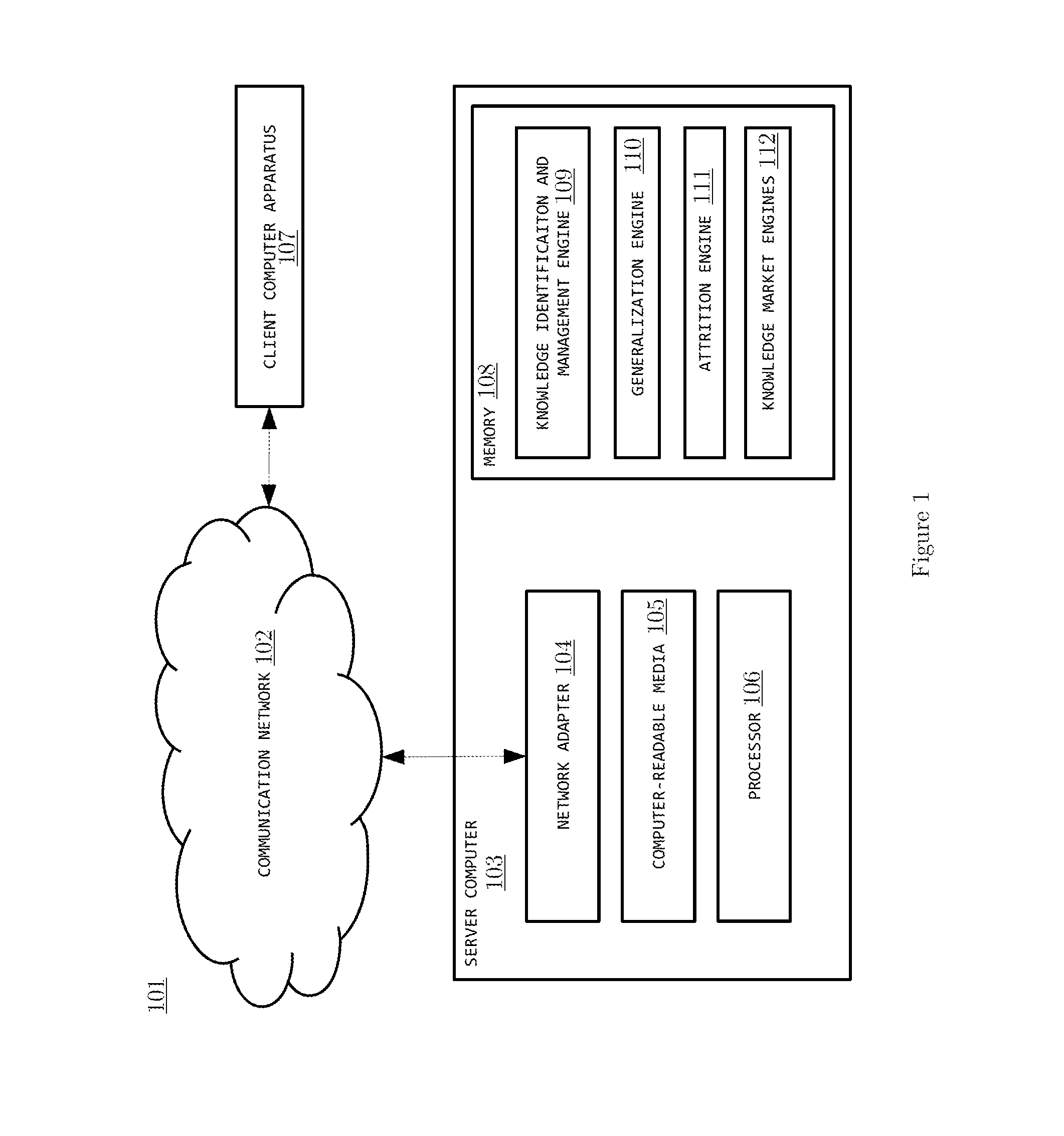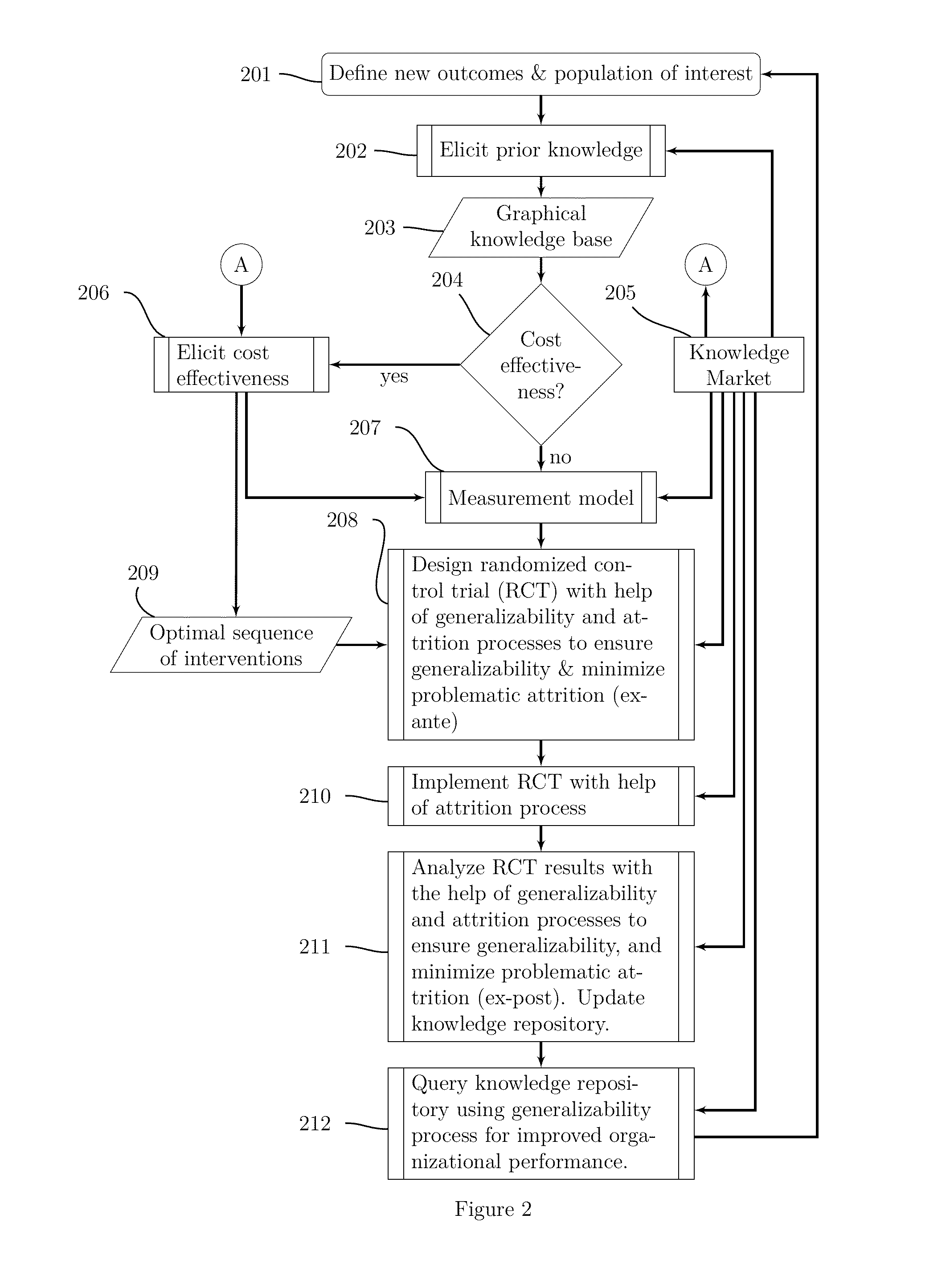Identifying casual knowledge—and managing it effectively to improve organizational performance—is a complex
business process few if any organizations have mastered.
The applicant also appreciates that most organizations do a very poor job of eliciting, managing, storing, and using existing causal knowledge about how to bring about changes in an outcome of interest.
In part this is because the amount of causal knowledge available is in principle vast.
The identification of causal knowledge is also complicated by its counterfactual nature.
Unfortunately this counterfactual claim is unverifiable: Once the marketing campaign is implemented we cannot observe what would have happened had it not taken place, and, in particular, whether sales would have increased by one million (or more!) on their own.
More generally, even if sales were to increase by one million dollars every time the campaign is implemented we still cannot rule out the possibility that sales would have increased on their own.
The upshot is that organizations that rely on passive observation, experience, and intuition to judge the effectiveness of their operations often make egregious mistakes, like
wasting resources on ineffective campaigns, or forgoing effective ones.
One problem with RCTs is that they often require
highly skilled labor, well executed experiments, careful analysis, and significant outlays.
This is an expensive, complicated, and frail craft practiced by experts craftsmen subject to human unreliability.
Indeed, in the applicant's experience the skill, human unreliability, and expense involved places this craft beyond the reach of most small and
medium enterprises, many public agencies, and non-profits.
Even large organizations have difficulty implementing such research programs effectively, especially when outside craftsmen are hired who's incentives are not always aligned with those of the organization.
At the same time in-house solutions are often inefficient, with individual organizations having to “reinvent” research methods, measurement instruments (like customer satisfaction surveys), and intervention designs anew each time.
A second problem with RCTs has to do with attrition, or
missing data on the outcome of interest.
This can be a problem even for flawlessly executed RCTs.
In practice most analysts don't even know why some responses are missing.
Consequently they cannot even guess whether the estimated effect is an over- or under-estimate of the true effect.
As a result the results of the experiment are much less informative and valuable.
Unfortunately, attrition is a very common phenomenon in RCTs.
Indeed, the problem is so bad attrition has been dubbed “the Achilles'
heel of the randomized experiment”.
Although statisticians have devised various ways to deal with attrition none of these provides a proven diagnostic tests capable of detecting problematic attrition; nor a method of finding conditioning strategies that, if available, may render problematic attrition unproblematic.
A third problem with RCTs has to do with generalizability, or the extent to which findings from one RCT generalize to the broader
population.
Although statisticians have devised various ways to deal with generalizability, including random sampling from the population, these are often impractical for cost, logistical, or ethical reasons.
Unfortunately there are no methods that can diagnose whether segmented or unsegmented findings of a convenience sample are generalizable, or that can find a solution in case generalizability problems are diagnosed.
If problems related to generalizability are not addressed findings from a
pilot randomized controlled study can grossly over- or under-estimate the true effects of that same intervention in a
target population, resulting in wasted effort or forgone opportunities.
When findings from a
pilot overestimate the true effects in a
target population organizations run the risk of
wasting costly efforts on interventions that will not live up to expectations.
Similarly, when the findings from the
pilot underestimate the true effect in the
target population, organizations run the risk of forgoing profitable opportunities if the intervention is cancelled.
 Login to View More
Login to View More  Login to View More
Login to View More 


